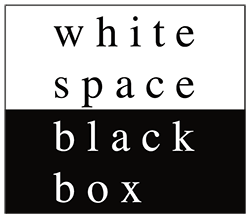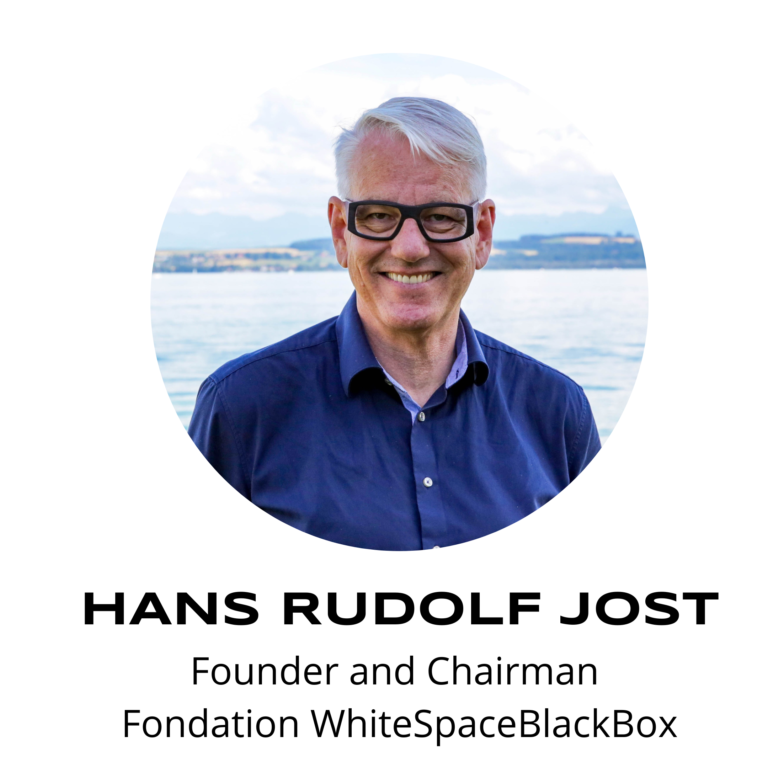
Kenneth Otelu «Free at last», oil on canvas, 2023, 120 x 180 cm, © Courtesy of the collection of Fondation WhiteSpaceBlackBox
Triggerwhat ?
Recently I saw an art installation created by Ryoji Ikeda, a light and video work. At the entrance there was a trigger warning that stroboscopic lights were part of the installation. In another exhibition, I found a sign in the elevator that the artist had used clay and dried plants – and that this could lead to odor emissions. What are these trigger warnings for? Am I not a grown-up? Can’t I close my eyes myself when a light blinds me? What else is art for if not to shake things up, provoke, hurt, stink and dazzle?
The late German art collector and museum benefactor Harald Falckenberg once said: «I’m not particularly interested in the beautiful, the good and the true in art. For artists, it is about engaging with society, and that can turn out ugly.»
I don’t know what you are like, but the term «cultural worker» has emerged in recent years. And as I understand it, there is a big difference between a cultural worker and an artist. Cultural workers, like social workers, aim to keep the pain away from their «clients»; pain freedom is the goal. Cultural workers are the professionals in the battle for the pot of public funds. They focus more on applications forms than on developing their work. The ideological framework and gender issues often become more important than the work itself. This leads to cultural workers ask for budget. Artists «ask for forgiveness, not permission» (Grace Hopper).
Cultural workers create works that are «interesting», «nice» and maybe «colorful» – all nice synonyms for crap that doesn’t move anything. Artists reflect about social relevance. Cultural workers are angry, artists get engaged. Cultural workers sign petitions on Instagram. While artists worry about substance.
Cultural workers are eunuchs because they want the world to change – and are secretly grateful that it doesn’t. Instead of saving the world, they are paving the way for the next dictatorship ruled by simplistic solutions, whether green, red or black, left or right.
Everything is wrapped in cotton balls, with trigger warnings and in canon with the established mainstream. Ideology is hardly a weapon of art as long as it remains in the mainstream. When ideology becomes «instagramable», it is just striking opinion. Where everyone thinks the same thing, there is boredom, indifference and more-of-the-same. Art as highly subsidized decor, where neither producer nor mediator take any risks.
Everyone is comfortable in the cozy bubble, with lots of actionism and quick statements. Cultural workers have studied at universities and know all about branding and the market. Artists move hearts with their art. Art or art market, that is the question. For us, the answer has long been clear. The Fondation WhiteSpaceBlackBox is all about restoring the innocence of art.
How refreshingly honest the Ugandan artist Kenneth Otelu summed it up during a visit to his studio in Kampala last December: «I have to feel something, otherwise I can’t paint, I can’t breathe, I can’t live.» It feels the same to me.
Stay curious.

